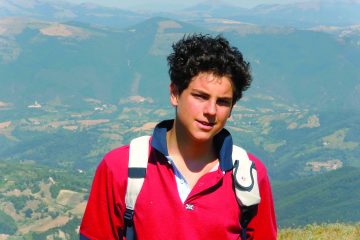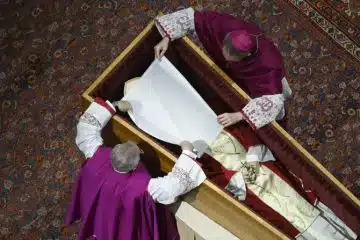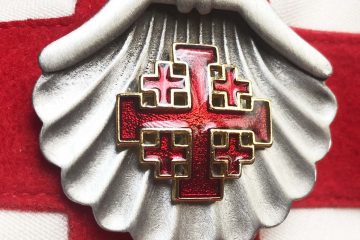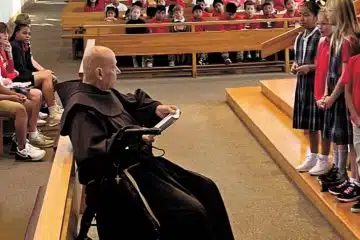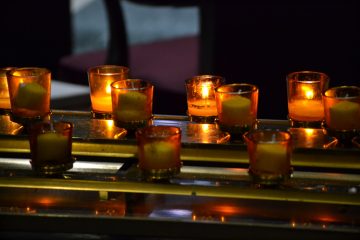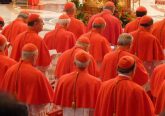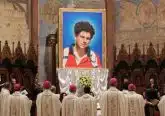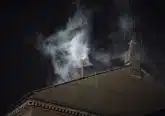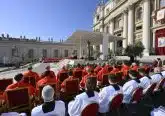Cardinals summoned to Rome as Pope Emeritus begins new life
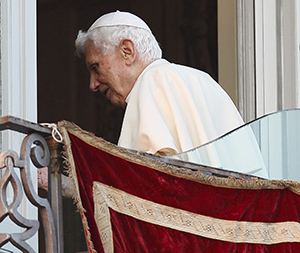
By Cindy Wooden Catholic News Service
VATICAN CITY (CNS) — After Pope Benedict XVI officially became pope emeritus, he ate dinner, watched the television news and strolled through the lake-view rooms of the papal villa at Castel Gandolfo.
Jesuit Father Federico Lombardi, Vatican spokesman, said he spoke March 1 with Archbishop Georg Ganswein, the retired pope’s secretary, who said the mood in the villa after the pontificate ended was “relaxed” and his boss slept well.
After watching two news programs, Pope Benedict expressed his gratitude to the media, because he said the coverage of his last day as pope helped people participate in the event, Father Lombardi said.
The papal secretary said Pope Benedict celebrated Mass at 7 a.m. March 1 as normal, read his breviary, had breakfast and then began reading more of the messages he had received in the last days of his pontificate. He expected to stroll through the villa gardens, praying his rosary, in the afternoon.
Meanwhile, back at the Vatican, officials from the College of Cardinals had a series of tasks to perform at the beginning of the “sede vacante,” the period when there is no pope.
The most symbolic tasks were carried out by Cardinal Tarcisio Bertone, the camerlengo or chamberlain of the Holy Roman Church, and his assistants. During the sede vacante, the chamberlain is charged with administering and safeguarding the temporal goods of the church.
Gathered with others in the offices of the “apostolic chamber,” Cardinal Bertone asked the time. At 8 p.m. exactly he was handed a “ferula,” a red velvet-covered scepter, as a sign of his authority. The cardinal led the staff in a brief prayer to God: “Give your church a pope acceptable to you.”
Carrying the ferula, he and his aides went into the private papal apartments. They made sure the door to the small private elevator was locked, then stretched tape across the elevator door and stamped it with seals.
Withdrawing from the apartment, they dead-bolted the main door with a large key, then strung a red ribbon through the handles. An aide, using a glue gun, sealed the ribbon’s knot.
The next day, Archbishop Pier Luigi Celata, vice chamberlain, went to the seldom-used papal apartments at the Basilica of St. John Lateran, the pope’s cathedral, and sealed those as well, Father Lombardi said.
Cardinal Angelo Sodano, dean of the College of Cardinals, wrote almost immediately after 8 p.m. to Vatican nuncios and other diplomatic representatives around the world, officially informing them of the sede vacante.
In one of his first acts as dean March 1, Cardinal Sodano wrote to each of the world’s 207 cardinals — including those over age 80 and ineligible to vote in a conclave — notifying them of “the vacancy of the Apostolic See because of the renunciation presented on the part of Pope Benedict XVI.”
He also asked them to come to the Vatican to begin the pre-conclave meetings, known as general congregations, March 4 at 9:30 a.m.
The general congregations will continue until all the cardinal-electors, including those under 80, are present in Rome, “and then the College of Cardinals will decide the date to enter into conclave” to elect a pope, he said.
Asked whether Cardinal Sodano was saying that a conclave date would not be set until all the cardinal-electors were present or accounted for, Father Lombardi said the letter “does not have the weight of law,” but he expected the cardinals would not vote on a conclave date until most of them were present and had time to talk and meet formally.


